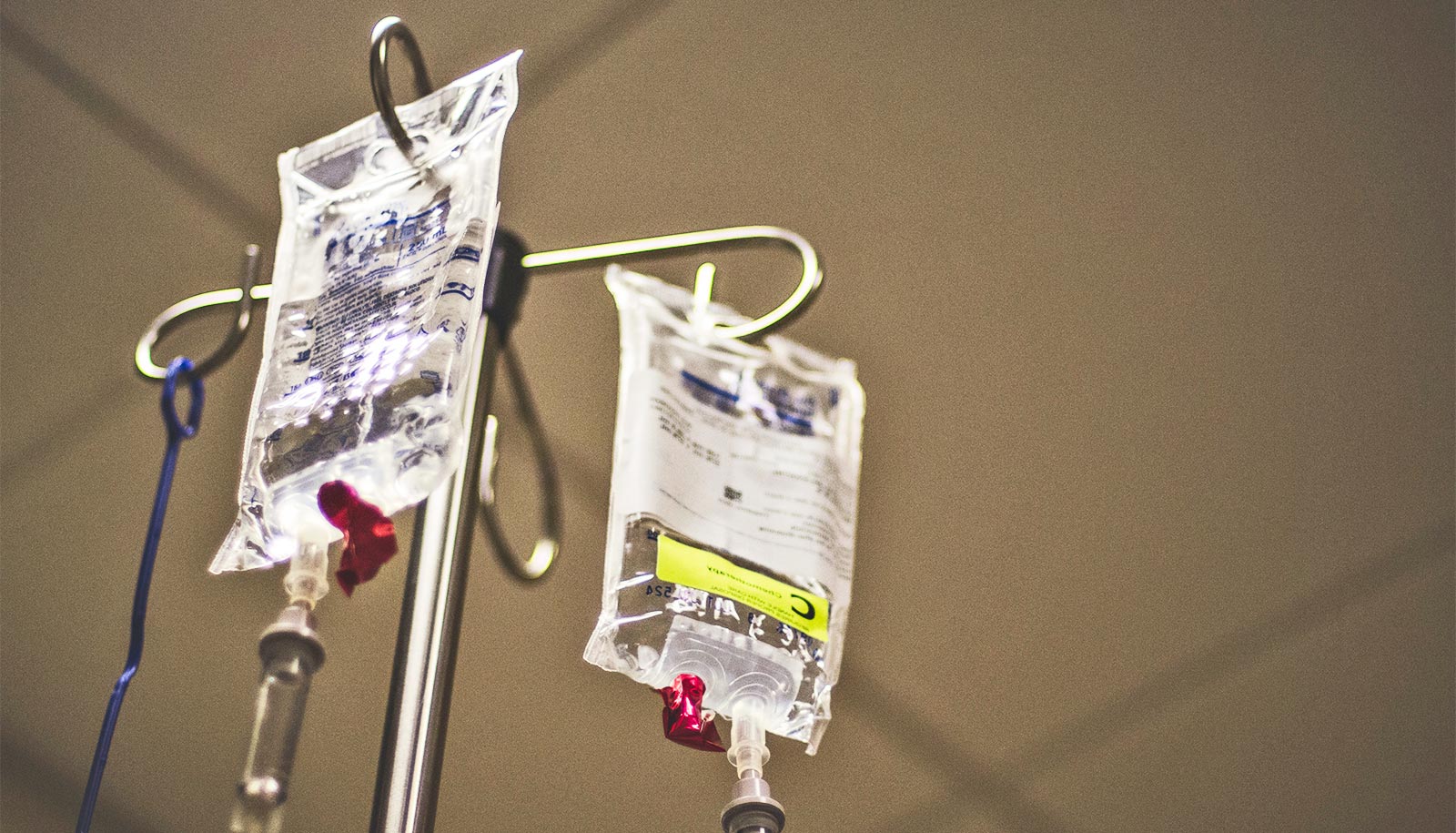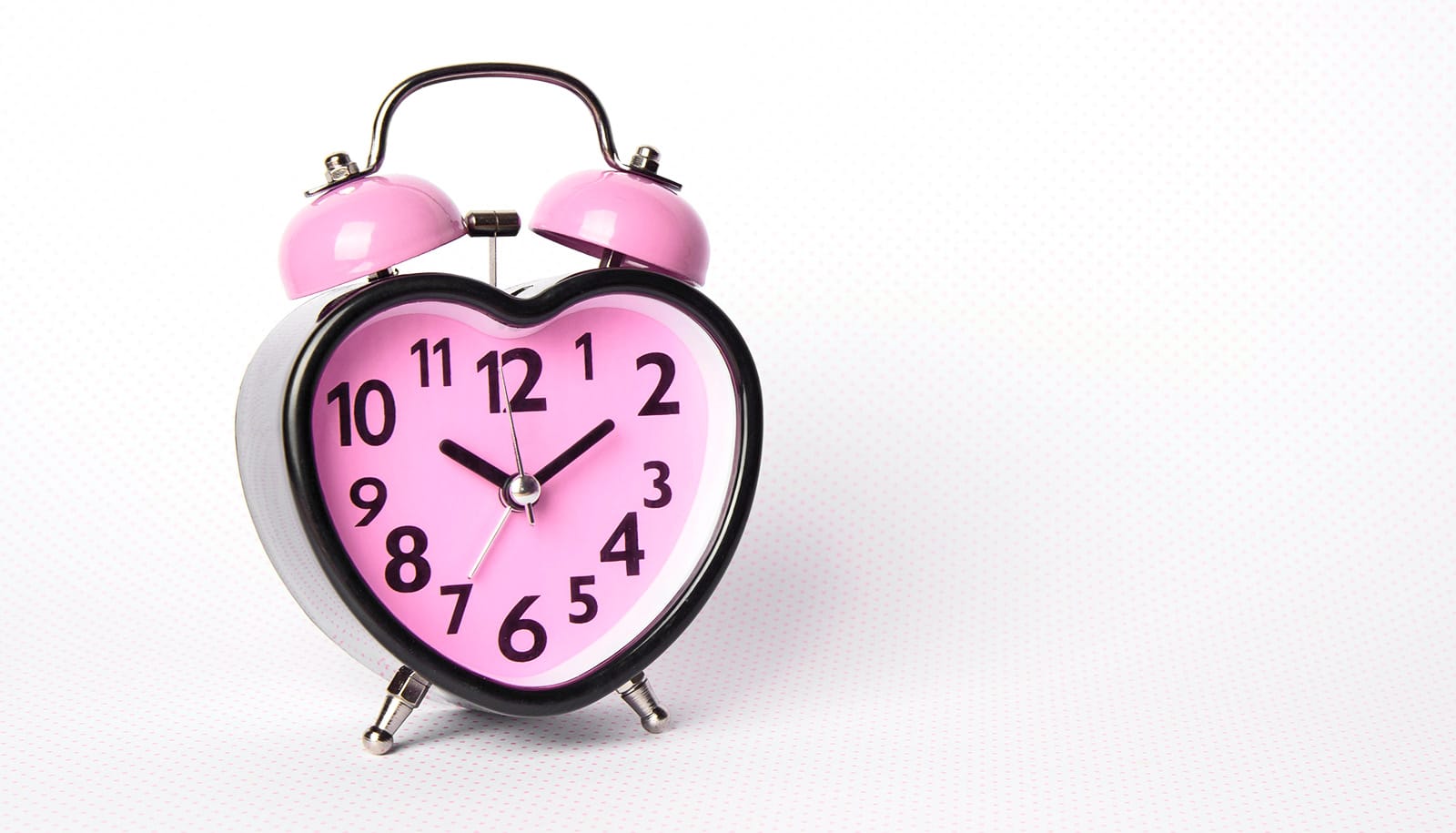Monitoring blood pressure around the clock during daily activity revealed masked, or undetected, high blood pressure in a significant number of otherwise healthy people, research shows.
“These findings debunk the widely held belief that ambulatory blood pressure is usually lower than clinic blood pressure,” says lead author Joseph E. Schwartz, professor of psychiatry and sociology at Stony Brook University and lecturer at Columbia University.
“White coat hypertension” refers to having higher blood pressure readings at the doctor’s office than elsewhere. By contrast, “masked hypertension” is normal blood pressure at the doctor’s, but high readings otherwise.
To uncover masked hypertension, patients can wear a blood pressure cuff on the arm, attached to a small, portable device, for 24 hours as they go about their daily activities. Compared to clinic blood pressure, ambulatory blood pressure is known to be a better predictor of future heart disease.
The study compared clinic blood pressure measurements to ambulatory blood pressure monitoring in working, middle-aged participants between 2005 and 2012.
The study finds:
- 15.7 percent of participants with normal clinic blood pressure had masked hypertension based on ambulatory monitoring; this was more common in men than women and in those with prehypertension (also known as borderline hypertension).
- Younger, normal-weight participants were more likely than older, overweight participants to have ambulatory blood pressure readings higher than their clinic readings.
Study participants had three blood-pressure readings taken during each of three clinic visits and completed one 24-hour ambulatory blood pressure recording (with readings taken approximately every 30 minutes). None of the 888 participants was taking medication to lower blood pressure. More than half of participants were female, and their average age was 45. Most participants were white, 7 percent were African American, and 12 percent were Hispanic.
Blood pressure drops when doctors, pharmacists team up
“It is important for healthcare providers to know that there is a systematic tendency for ambulatory blood pressure to exceed clinic blood pressure in healthy, untreated individuals evaluated for hypertension during well-patient visits,” says Schwartz. “Our study’s results may not apply to those who have previously been diagnosed as having hypertension or are already being treated for hypertension.”
The researchers say the study reveals that there are a substantial number of otherwise healthy individuals who have masked hypertension and should have their blood pressure monitored regularly. But they also emphasize that their findings need to be confirmed in further studies with more diverse populations.
The National Heart, Lung, and Blood Institute and the National Center for Advancing Translational Sciences supported the study, which appears in the journal Circulation.
Source: Stony Brook University



